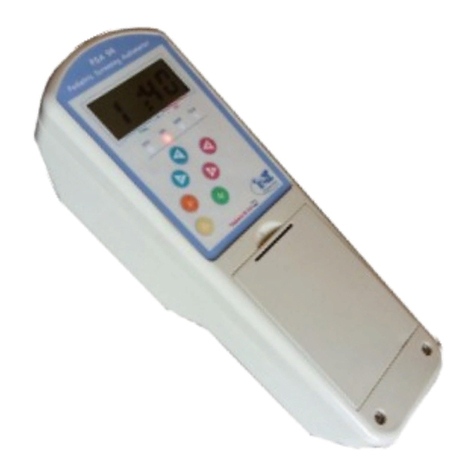Table of Contents
Table of Contents .....................................................................................................2
Introduction ...............................................................................................................3
-Intended Use ..................................................................................................3
-Precautions .....................................................................................................3
-Electrical Installation ....................................................................4
System Requirements 5
Installation Steps6
-....6
-GUI Installation ..10
Software Description ...14
-.15
-Otoscopy 17
-Primary Tests .20
-PTA 23
-Report ..29
Common Setting ...30
-File Menu 30
-Option Menu ...32
-Shortcut keys .35
Technical specifications .36
Unpacking / Inspection ..37
-General maintenance.37
-Operating temperature 39
-Care and maintenance39
Device uninstall steps40
Trouble shooting41
Reporting imperfection41




























